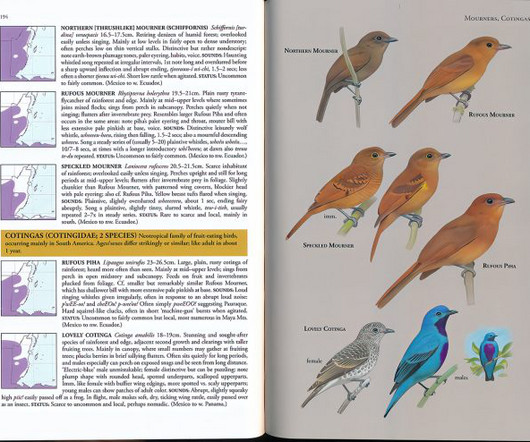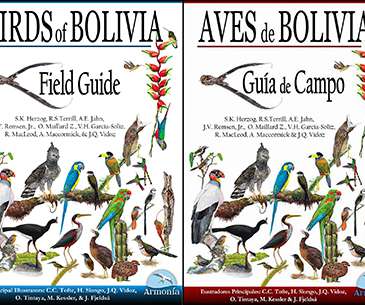What is the National Bird of Honduras?
10,000 Birds
MARCH 18, 2011
home about advertise archives birds conservation contact galleries links reviews subscribe Browse: Home / Birds / What is the National Bird of Honduras? What is the National Bird of Honduras? By Corey • March 18, 2011 • 1 comment Tweet Share The national bird of Honduras is the Scarlet Macaw.












Let's personalize your content